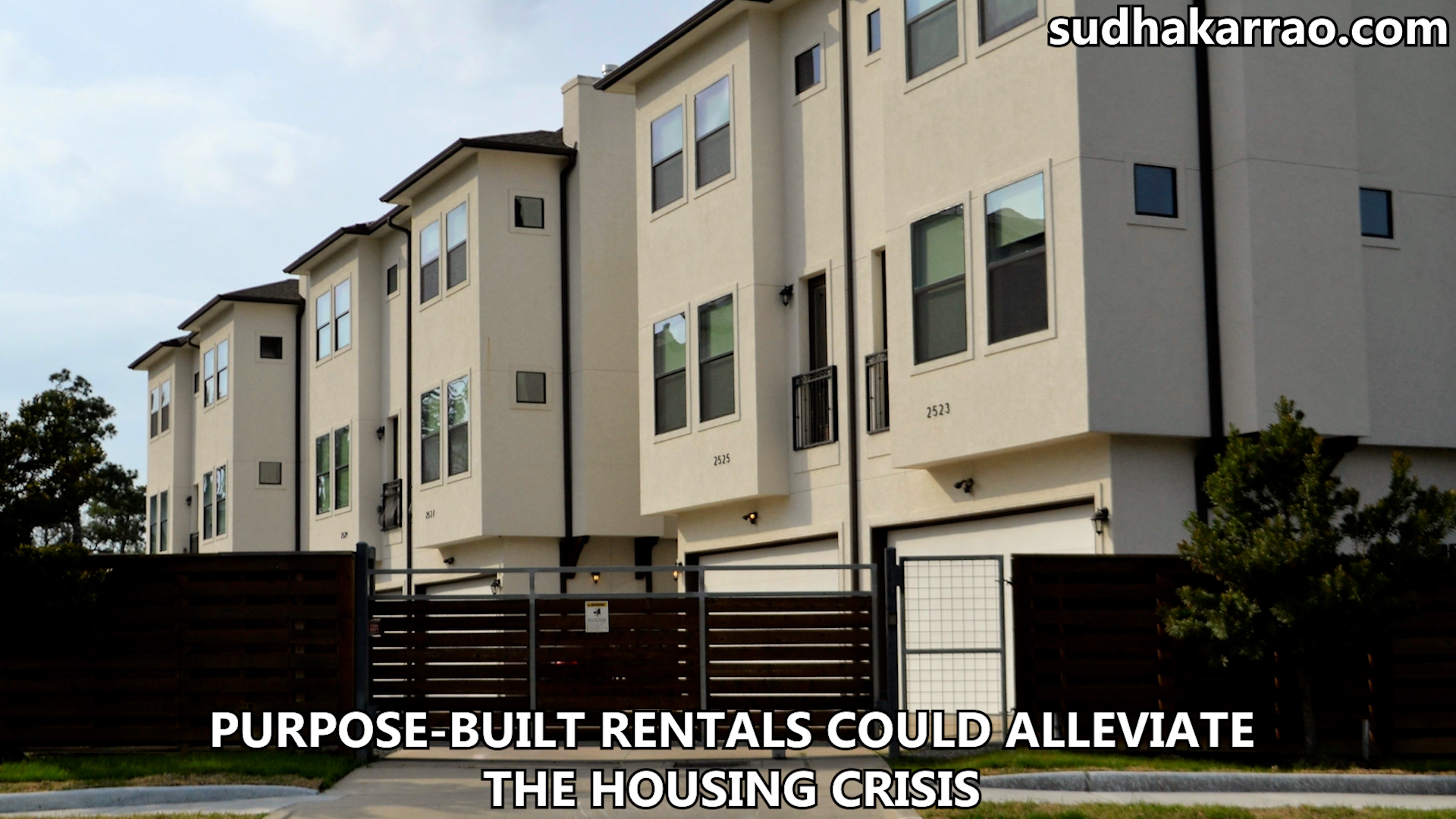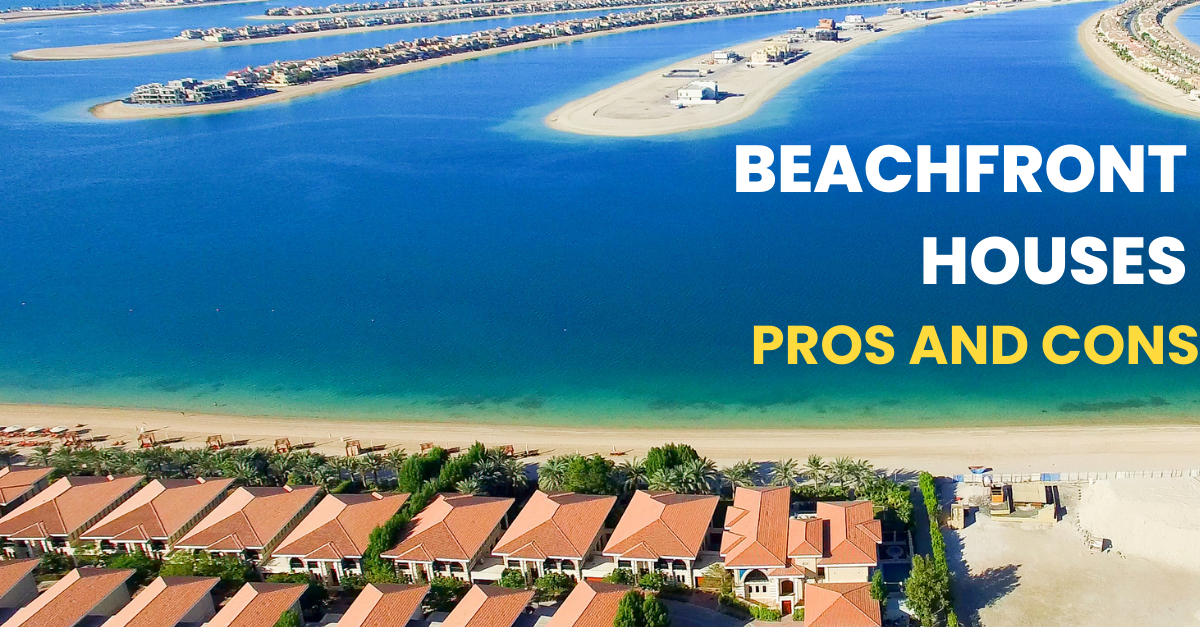Purpose-built rentals could alleviate the housing crisis
If there is one human-scale crisis that is seemingly intractable, it is the housing crisis. Globally, regardless of political systems and their effectiveness, the housing crisis has been a tough nut to crack. This crisis is particularly pronounced in highly-populated countries like India and China. The latest Evergrande crisis in China is perhaps an indication of the limitations of the current approach. That said, thanks to China’s socialist political system, the housing crisis is being addressed by the rental sector, with over 200 million people in the country(1) now living in rental housing.
Meanwhile, the pandemic has aggravated the crisis due to accompanying economic downturn, job uncertainties, and stalled housing developments. There has been a steep rise in pandemic-related mortgage deferrals. By one estimate(2), the default risk for US mortgages increased by as much as 40%, during the first quarter of 2020. And despite a period of loan moratoriums in leading markets, homeowners continue to default on payments. So, with the post-pandemic economic recovery unable to keep pace with the increasing housing crisis, the case for purpose-built rentals (PBR) has never been stronger.
The case for PBR
Increasing urbanization is posing many challenges to local bodies, in terms of housing and associated aspects like sanitation, utilities, public healthcare, and safety. However, homeownership isn’t a plausible solution in many urban centers, because the majority still find themselves priced out. While there is a general low-interest environment across the world, banks now have greater exposure to the real estate sector, and affordability is at an all-time high; with a vast majority of the urban population making do with rentals.
This begs the question: Why aren’t affordability and low borrowing rates translating to more homeownership, and the alleviation of this crisis? The short answer is that this “homeownership affordability” does not factor in the operational expenses of sustaining the home, high transportation costs, inflation in consumer goods, rising healthcare costs, etc. So, the real affordability, which goes beyond down payments and loan payments, is still a pipe dream for many.
And those eligible for homeownership are mostly buying homes at the fringes of urban centers, while their current employment and future opportunities continue to remain at central hubs. This leads to time-consuming commute, and a high load on public transportation — all adding to more costs and market glut, as properties in central districts remain vacant and pricey. Conversely, purpose-built rental housing in urban centers will enable people to live close to their work, leading to higher occupancy levels of vacant properties.
In this digital age, the urban population tends to be in constant flux, moving with trends, socio-economic circumstances, and opportunities. Purpose-built rentals are best equipped to cater to this population, which largely comprises of professionals from the gig economy and the unorganized sector. This notion gains more weight with increasing remote working and high job uncertainties, which necessitate flexibility of shifting from place to place. And needless to say, it is simpler to move between rentals, than own homes, in such a scenario.
The real-life case scenarios for PBR implementation
In India, as per the latest census(3), there is a shortage of 18.7 million houses, while nearly 11.09 million houses remain vacant. This dichotomy has led to the government’s Model Tenancy Act 2021, aimed at creating a rental regulatory framework that protects the interests of both tenants and owners, and simultaneously reduces the vacancy-shortage gap.
In addition, the Affordable Rental Housing Complex (ARHC) Scheme, launched in 2020, is geared towards improving the rental sector in urban centres. The scheme will apply to nearly five million houses built under the Pradhan Mantri Awas Yojana (PMAY-U)(4). These houses, originally intended as subsidized housing for Economically Weaker Section (EWS) in India, have not found takers and remain largely vacant, as potential beneficiaries are either oblivious to the scheme, or are underbanked or ineligible for loans. So, by repurposing these homes under rental schemes, the government could alleviate the housing crisis considerably.
In the UAE, the PBR segment is emerging as the most plausible solution for student housing. According to CBRE(5), the total number of students enrolled in higher education reached 53,200 in 2019. At the time, the existing supply for student housing in Dubai was only 5,200 beds across 20 projects located in DIAC, Dubai Land, and Dubai Media City. Considering the majority of students are non-Emiratis and their numbers are expected to rise, PBR student housing is expected to be a lucrative space for developers. However, for purpose-built rentals to truly make a discernible impact, financial institutions have to revisit their lending policies. And developers, for their part, have to devise PBR strategies characterized by more utilitarian features, in line with their intended purpose.
- https://www.forbes.com/sites/wadeshepard/2019/10/29/china-now-has-an-answer-to-its-housing-crisisits-called-rent/?sh=6b4d72871a60
- https://www.bankingexchange.com/mortgage/item/8367-what-the-covid-19-pandemic-means-for-mortgage-defaults
- https://www.thehindu.com/news/national/karnataka/govt-proposes-model-tenancy-act-to-balance-interests/article35224756.ece
- https://pmaymis.gov.in/
- https://www.cbre.sa/en/about-cbre/ksa-media-centre/student-housing-an-untapped-market-in-dubai




